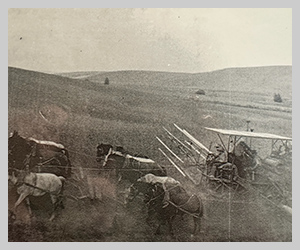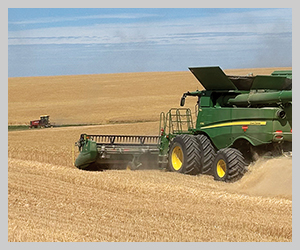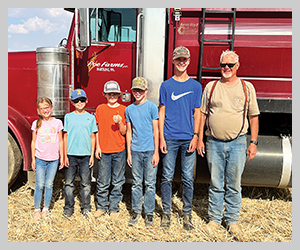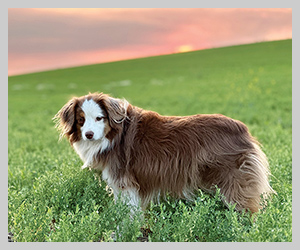From selling the future to farming with it
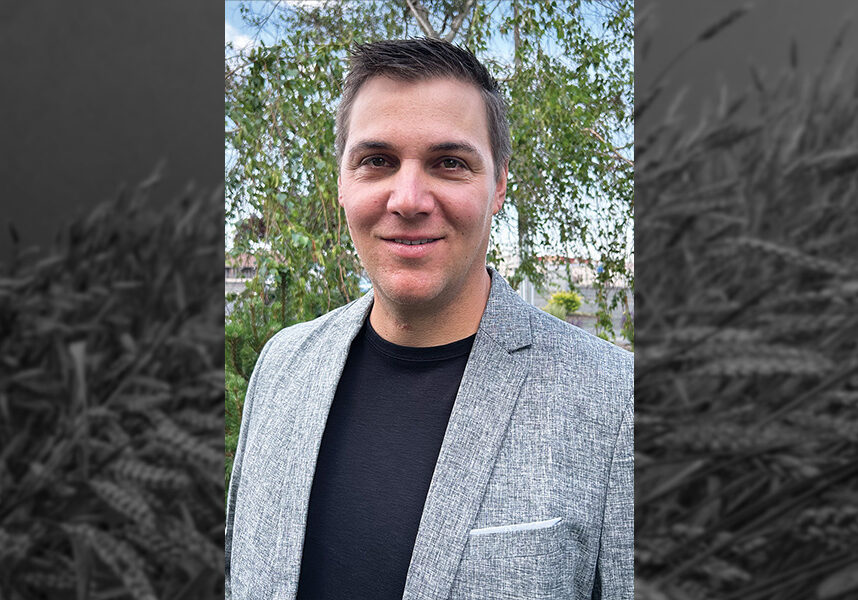
Before I returned to the family farm full time, I had a short but impactful detour that shaped the way I approach agriculture today. Fresh out of college with a degree in business and communications, I landed a job at Odessa Trading Company selling precision ag equipment. At the time, I wasn’t exactly sure where my career would take me, but I quickly found that working in precision ag gave me a unique window into the future of farming.
Selling precision ag technology wasn’t like selling used cars; it didn’t take much convincing once a grower saw the return on investment. The beauty of precision equipment is that it pays for itself, often within the first season. Farmers could see the value almost immediately, whether it was through straighter rows, reduced overlap, lower fuel consumption, or faster field times.
Most farmers would start with GPS steering on a tractor, sprayer, or combine. Just that one step made a noticeable difference. Once they experienced how much time and money they could save, many would expand their systems with section control on sprayers or drills. Suddenly, you were saving on seed and chemicals while improving efficiency. The margins were adding up, and the technology was proving its worth. But the real power of precision ag revealed itself during harvest. That’s when you could collect yield data and really see how the crop performed across different parts of the field. With that information, you could write fertilizer prescriptions applying more nutrients to the good areas that consistently yielded well and scaling back in the poorer spots. The result is fields with more uniform crop growth and better yields, as well as more efficient use of inputs.
From the sales side, I watched precision ag move from a “nice to have” to a “must have.” And now, as a full-time farmer, I can’t imagine doing it any other way. Looking back, I often think how helpful it would have been to have learned about this technology earlier. When I was in high school, there wasn’t any formal education around GPS or data-driven farming. Thankfully, times are changing. As you can see on page 22, several local schools will be offering a precision ag curriculum to their high school students. These programs give students hands-on exposure to the technology and concepts that are now central to modern farming.
We need more of this. The next generation of farmers isn’t just going to be planting and harvesting. They’re going to be managing software, analyzing data, and making decisions that directly affect profitability. With today’s labor costs — especially here in Washington where the minimum wage is among the highest in the nation — there’s no going back. Precision ag isn’t optional anymore. It’s essential.
This industry has always been about adapting and innovating. Precision ag is just the next step in that long line of evolution. Whether it’s self-steering tractors, real-time mapping, or prescription-based inputs, these tools are making us better farmers. They help us get more out of every acre, every dollar, and every hour.
So, if you’re a farmer who’s still on the fence about precision ag or maybe someone just dipping your toes into the data, I encourage you to take the next step. Start with steering. Look at section control. Run your yield maps. Write a few fertilizer prescriptions. The technology is there, and, more importantly, the payoff is too.
Precision agriculture isn’t just the future. For many of us, it’s the present, and it’s making all the difference.




